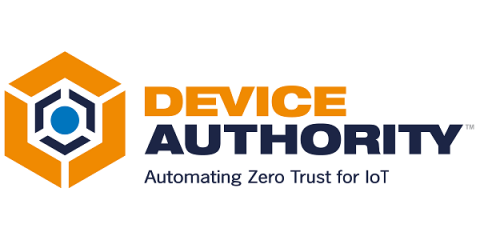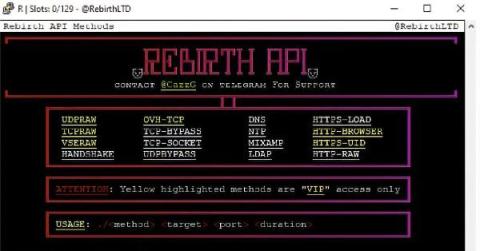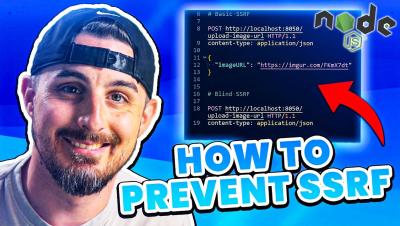Best Practices for Secure Communication During Business Trips in the APAC Region
Make no mistakes about it, we live in a world where information is power. Securing your information while you communicate on business trips is critical, especially within regions like APAC (Asia Pacific) where rapid technological advancement has led to increased risk of cyber threats.











